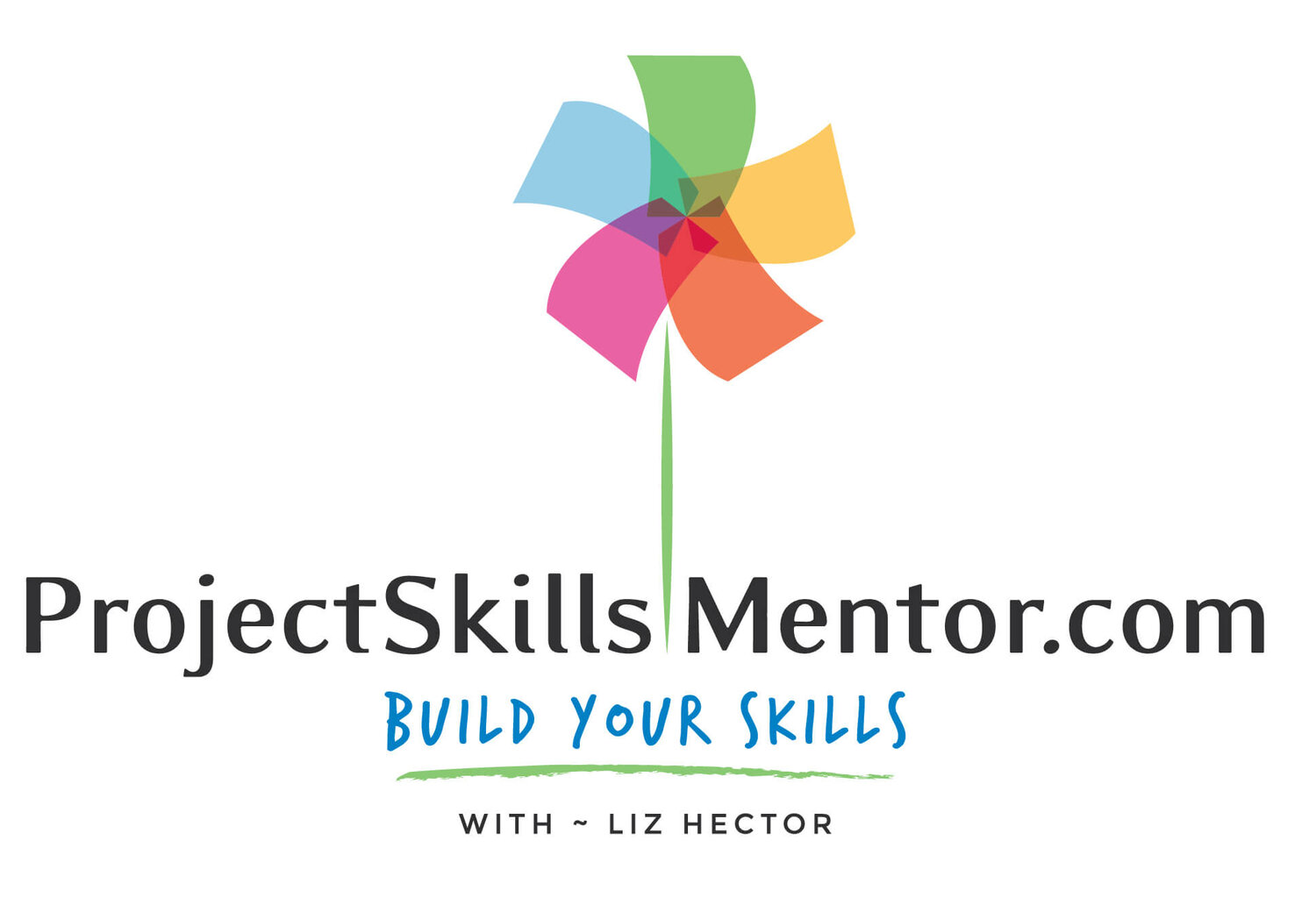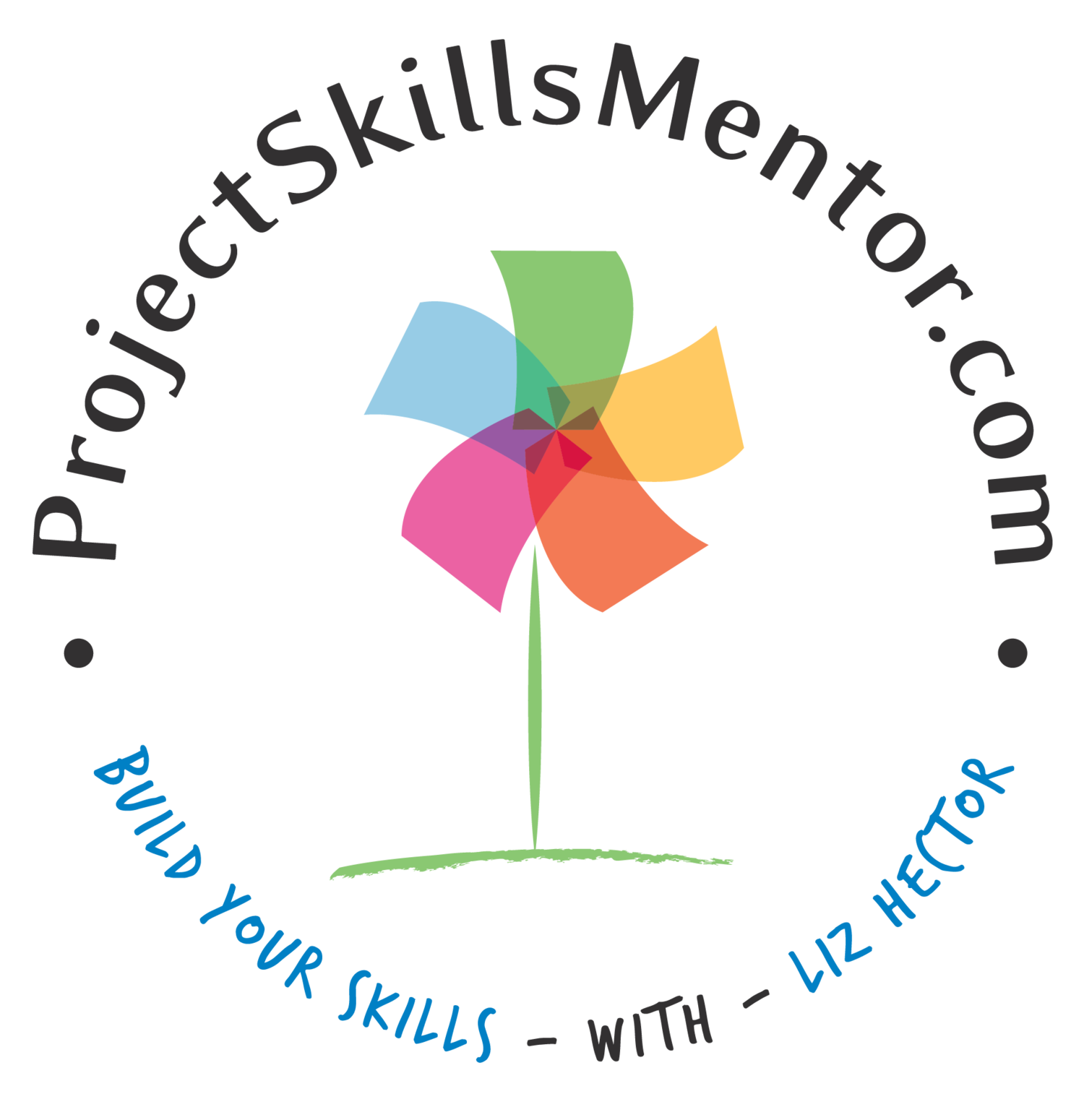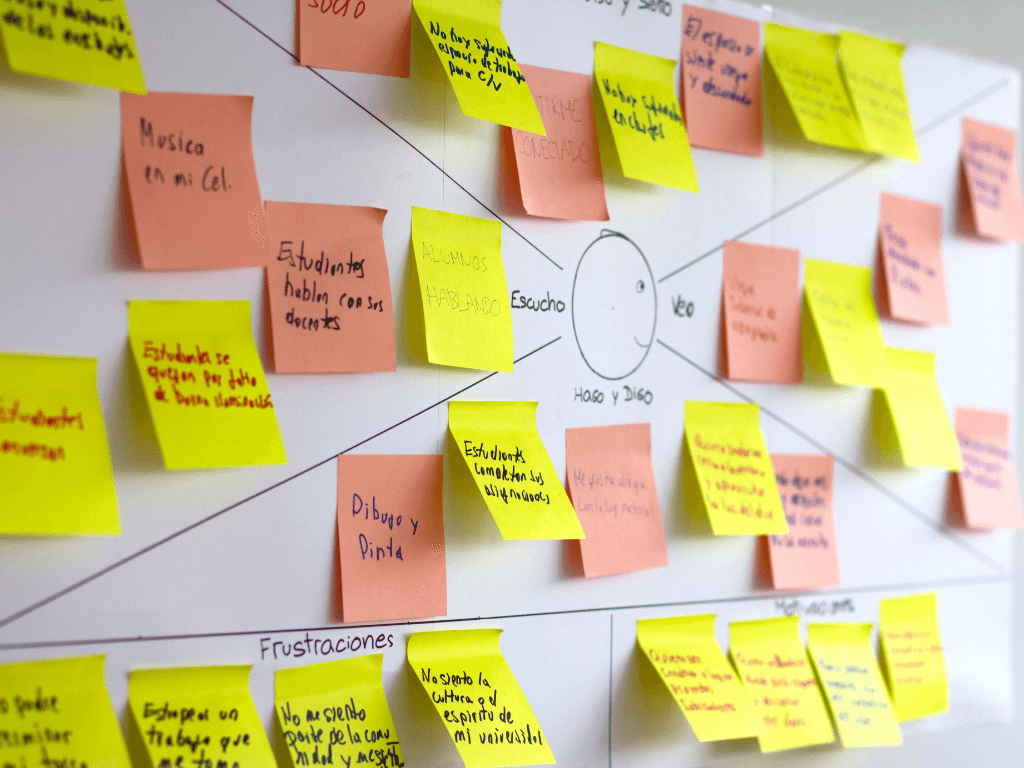Integrating User Feedback into Your Journey Mapping Process
We all love a good brainstorming session—post-it notes everywhere—diagrams shaped like spaghetti. But without user feedback, you're not mapping a journey—you're writing fan fiction.
3 Ways User Feedback Improves the Journey
Start with Voice of the Customer
Invite Users to the Workshop
Close the Loop with Iteration
Why the best brands don't just map journeys—they co-create them
Ever tried to map a user journey without talking to your users? That's like designing a travel app without asking anyone if they even like road trips. It looks pretty, but you're sending people down the wrong path with no snacks or gas station stops. In today's hyper-personalized world, journey mapping isn't just about what you think users want—it's about what they experience.
Let's explore the strategic benefits of incorporating real user feedback into your journey mapping process. This transformation from guesswork to growth not only makes your brand genuinely user-centered but also positions you as a proactive leader in the field, not just someone playing UX-lingo bingo.
Companies that actively listen to customers enjoy a 10x increase in customer satisfaction and loyalty.
User feedback is a powerful tool that gives you the raw, unfiltered reality of what's happening in your customers' world. It's not just about highlighting where people are confused or frustrated, but also about uncovering points that surprise and delight them. This knowledge empowers you to make informed decisions and take actions that truly resonate with your users.
Want to understand how top brands add magic to their user journeys? Read How Brands Win Customers next.
Why Feedback Is Often an Afterthought
In most organizations, journey mapping occurs in a silo—somewhere between strategy and design—while user feedback resides in another department entirely (often in a dusty corner of customer support).
That's a missed opportunity. Here's why:
Your map should be a living artifact, shaped by real users, not just the team's assumptions.
— ProjectSkillsMentor, User Journey Mistakes
When user feedback isn't part of the mapping process from the beginning, you're left to validate (or firefight) later instead of designing with insight.
3 Smart Ways to Integrate Feedback into Your Journey Mapping
Let's make your user journey map smarter, stronger, and sassier—with feedback baked in.
Start with Voice of the Customer (VoC) Data
Before you even break out the sticky notes, gather what users are already telling you:
Customer service logs - tickets and follow-up documented in your systems
Net Promoter Score - how likely a customer is to recommend your product or service
Social media mentions - comments and likes
Reviews - yes, even the one where someone said your login page was "designed by chaos gremlins"
Over 70% of customer experience leaders strive to design and deliver results.
Use this feedback to inform key stages of your journey. Where are people happy? Where do they rage-click? Where do they bounce? These are all breadcrumbs to follow.
📌 Pro Tip: Don't just read comments—tag them. Use themes like "signup confusion" or "billing transparency" to turn complaints into patterns you can act on.
Invite Real Users in Your Journey Mapping Workshops
That's right. Invite a few customers (or at least proxies, such as customer success managers) or representatives from your team to join your next journey mapping session. Hearing "I got stuck on the pricing page" live hits way different than reading a report three weeks later.
Example from the field: At Slack, user journey mapping is collaborative across product, support, and research teams, driven by real-time feedback loops. They call it "tapping into the support goldmine." And it shows.
📌 Pro Tip: Add quotes from actual users next to each stage of your journey map. It's like Post-its with soul.
Close the Loop with Iteration
Feedback isn't a one-and-done deal. Once your map is built, test it. Revisit it. Break it. Fix it again. Users change, tech changes, and yes, your brilliant onboarding flow might become outdated in six months.
87% of users think brands need to put more effort into providing a consistent experience.
Map updates should be tied to ongoing feedback and user input. Create a feedback-to-map loop:
Add a "report friction" button in your product
Schedule quarterly journey reviews with updated survey and analytics data
Watch recordings (e.g., via Hotjar or FullStory) to validate assumptions in real time
Funny But True: Maps Age Like Bananas
Your map is only useful if it still gets you where you want to go. Outdated journey maps are worse than no maps at all. They're misleading and overly confident.
If your map still includes steps you've automated six months ago—or ignores the fact that your support team now uses AI bots—it's not a user journey. It's a fictional timeline.
Case Study: How Feedback Saved a Broken Flow
One of my clients had a beautifully illustrated journey map of an onboarding flow that resulted in a 60% drop-off rate.
We layered in user feedback—surveys, chat logs, and screen recordings—and discovered the culprit: the "next" button was below the fold on mobile.
One change. Ten minutes. Drop-off cut in half.
You don't need 1000 data points to validate a journey—just a handful of right voices in the right context.
Build a Culture, Not Just a Map
At the heart of this feedback-first approach is culture. A culture that values listening, testing, and adapting. This isn't a UX team-only thing—it's cross-functional and collaborative.
📌 Pro Tip:
Try these ideas to up the feedback on your journey map.
Create a Slack channel just for "customer voice quotes."
Gamify bug reporting from user feedback
Turn your journey map into a living dashboard
Case Study: Why Culture Belongs in Your Journey Map
When companies embed culture into their journey mapping, the results go far beyond smoother processes—they create alignment, empathy, and meaningful change. Take Macadamian, a UX consultancy that used journey mapping not just to track employee experience, but to surface how their culture was felt—or missed—across hiring, onboarding, development, and even exit.
By mapping emotional “moments of truth” alongside actions and touchpoints, they identified where cultural values were thriving and where they were breaking down. This insight led to tangible changes: improved onboarding, more thoughtful feedback loops, and culture workshops that reinforced empathy and effective communication.
The big lesson? Culture isn’t a mission statement on a wall—it’s how people experience your organization, day by day. Journey mapping that includes cultural feedback reveals blind spots, strengthens engagement, and helps leaders walk their talk. If you want your culture to stick, start mapping how it shows up—and where it doesn’t.
Map With Purpose, Not Just Post-Its
User journey mapping isn't about drawing boxes. It's about building empathy. And empathy requires listening.
If you want to create journeys that convert, delight, and retain, put users in the room (and on the map) from the start.
Further Reading & Tools
Want help mapping your next great customer experience? Let's talk.




